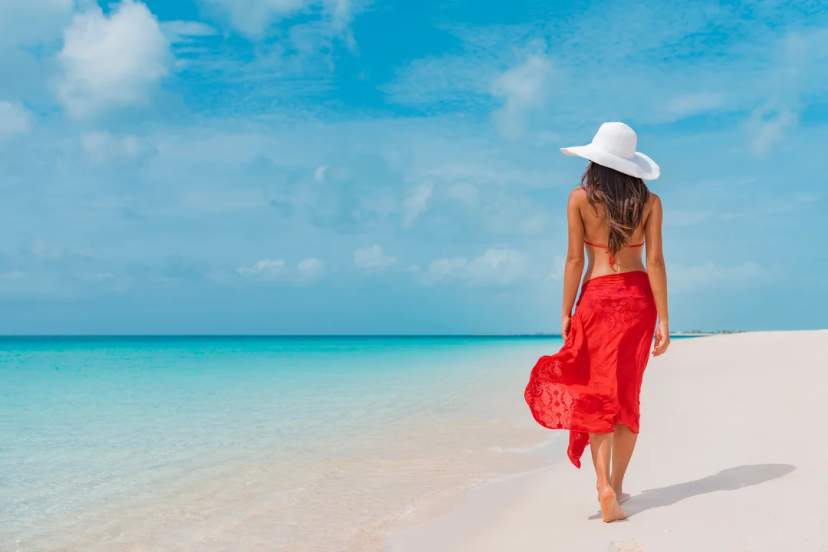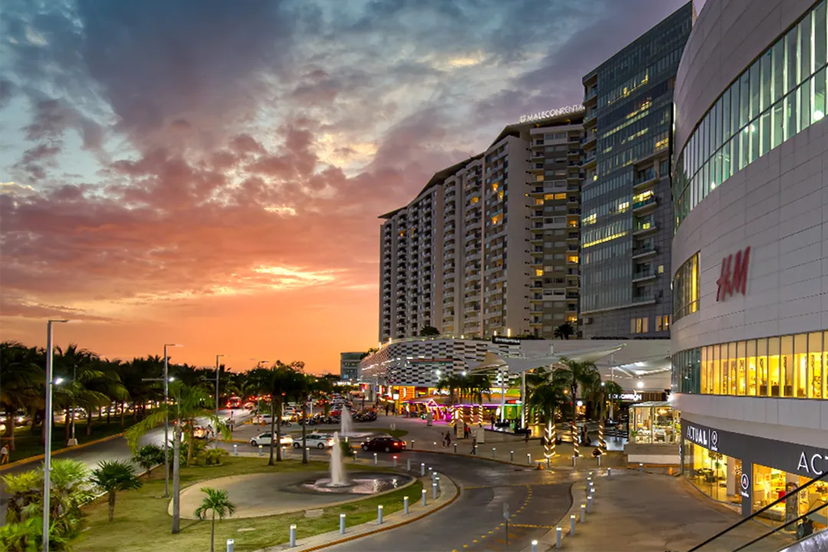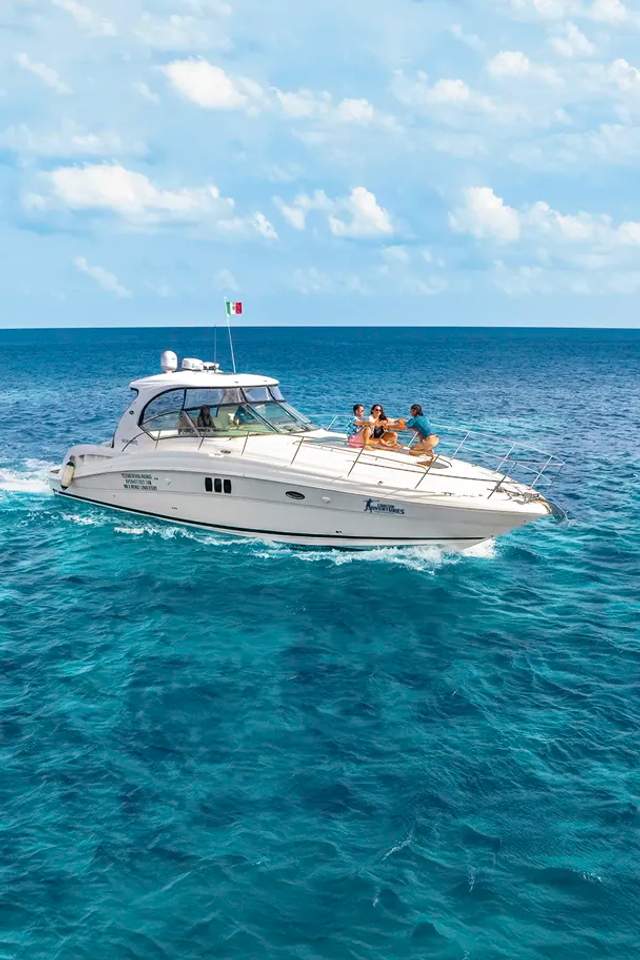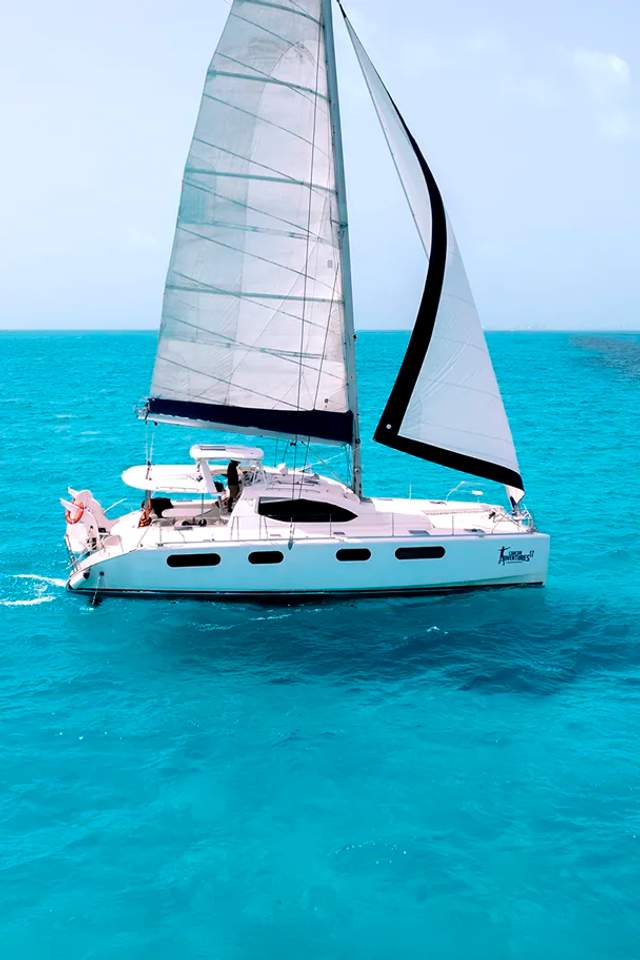Real adventure happens beyond the resort, and Holbox proves it. This car-free island sits inside the protected Yum Balam reserve, where flamingos wade through crystalline shallows and hammocks hang over water so clear you can see your toes. Getting there requires more than a taxi ride; you need a plan that respects both the journey and the destination.
Each route has specific costs, travel times, and insider considerations that can make or break your experience. Choose wisely—how you arrive sets the tone for your entire island adventure. This protected ecosystem deserves visitors who understand they're entering something special, not just another beach destination.
Why You Shouldn't Skip Holbox
Picture ankle-deep turquoise that stretches for miles, streets of soft sand instead of asphalt, and hammocks strung right over the sea. This remarkable island sits inside the protected Yum Balam reserve, where mangroves and lagoons create one of the Caribbean's richest ecosystems. Locals call it "the nursery of the Caribbean" for good reason.
Between June and September, you can swim alongside migrating whale sharks. Year-round, flamingos patrol Punta Mosquito while you wade out after dark to catch the island's famous bioluminescence—tiny plankton lighting up each step like sparks in warm water.
The destination works because of its strict no-cars rule. You move on foot, bicycle, or quiet electric carts. This protects the fragile dunes and keeps the air clean. Local businesses limit single-use plastic and community guides remind visitors that every shell, bird, and ripple matters for future generations. When you experience this place, you understand why some locations are worth protecting. Skip it and you miss the Yucatán's best example of how paradise and conservation work together.
Option 1 – Join a Guided Eco Tour
When you step off that ferry onto sandy streets and see flamingos feeding in the distance, you'll understand why authentic guides matter. The Yucatan's most pristine island sits within the protected Yum Balam reserve, where every mangrove channel and bird sanctuary tells a story that takes local knowledge to decode properly.
Booking the day trip with Cancun Adventures transforms what could be a logistical puzzle into seamless adventure. Your bilingual naturalist guide collects you at your hotel in an air-conditioned van, handles every ticket and transfer, and knows exactly when the flamingos gather at Yalahau Lagoon. Groups stay small so your guide can point out the frigatebirds nesting in the mangroves or explain why this car-free destination became a model for sustainable tourism.
Your day includes swimming in a freshwater spring that locals have cherished for generations, a seafood lunch prepared by island chefs, and free time to drift in those famous shoreline hammocks.
What to Expect on the Day
Your adventure begins early; the van arrives around 5:00 am - 6:20 am (depending on your hotel location) for the two-hour drive north to Chiquilá. During the short crossing, your guide shares island stories and wildlife tips.
The experience includes breakfast snacks, a hearty lunch, and purified water throughout the day, with dietary needs handled when you book. After sunset, colors fade over the Caribbean, we drive you to your door, arriving between 4 pm and 5 pm, tired only in the best way.
Pack light layers and water shoes; the sandy streets and shallow lagoons reward travelers who come prepared for both sun and spontaneous wading.
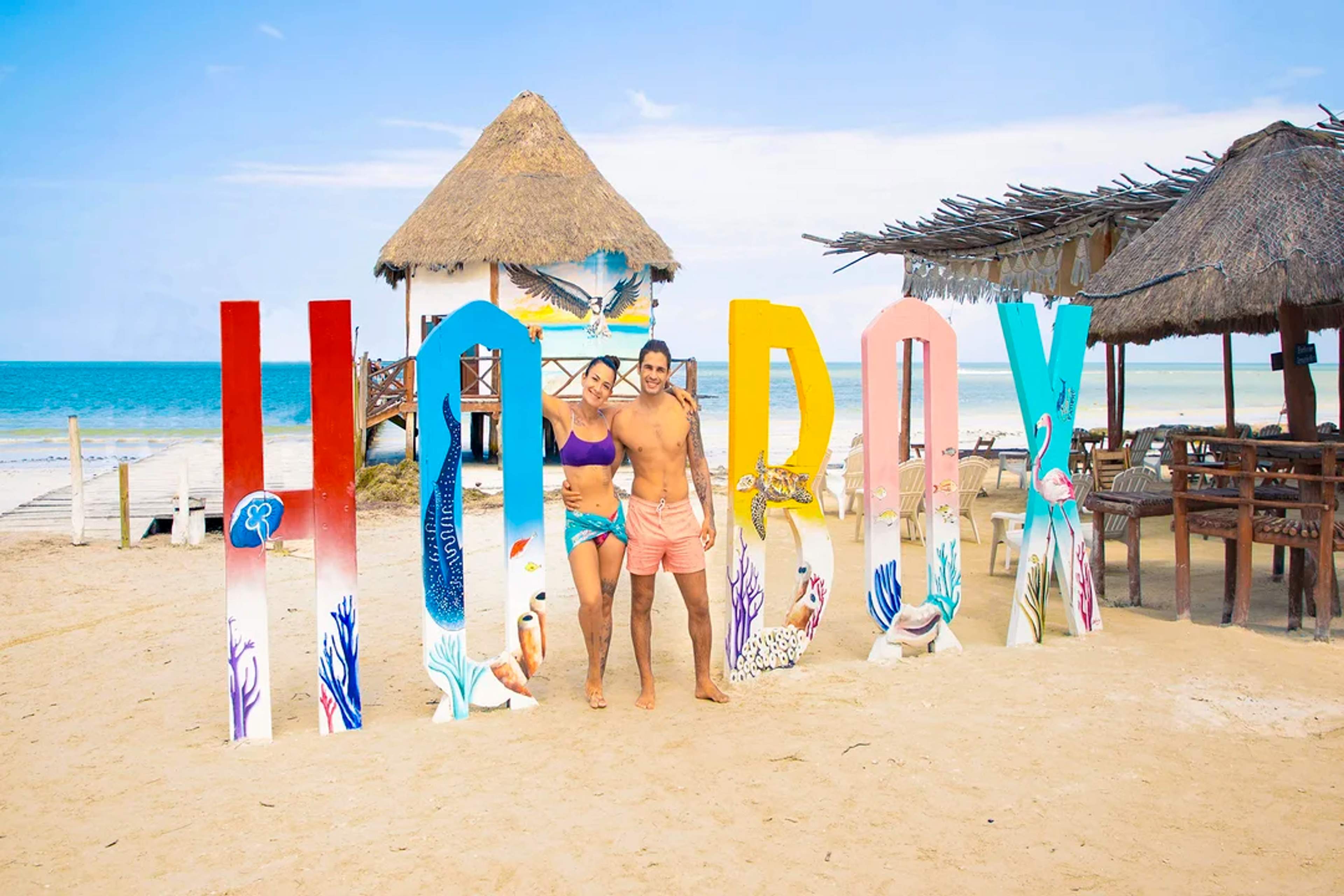
Option 2 – Public Transport (Bus or Shared Shuttle)
Public transport from Cancun begins at the ADO terminal downtown, with buses traveling through jungle-lined highways most visitors never get to see. Departures run several times a day and take around 2.5 to 3 hours to reach Chiquilá. Booking online is recommended, especially on weekends, and arriving early helps you beat the rush from tour groups.
Shared shuttles offer a faster and more direct experience, cutting travel time slightly and including hotel pickup in comfortable, air-conditioned vans. These services typically drop you just steps from the ferry pier, meaning fewer transfers and more convenience. However, they operate on fixed schedules and tend to fill up quickly—especially during whale shark season.
Whichever you choose, you’ll arrive in Chiquilá just a short walk from the water. Keep your valuables close, watch for speed bumps, and avoid storing important documents overhead. The drive offers a rare look at the Yucatan beyond the resorts.
Ferry Basics
Two ferry companies run alternating departures every 30 minutes from 6 am to 9:30 pm, with identical service regardless of provider. You can buy tickets at the dock, bundle them with bus fares, or reserve online—especially helpful when high-season lines stretch past the snack stands.
Inside, you’ll find cushioned seats and air-conditioning; outside, open decks offer sea breeze and photo ops. Sit on the right side for a chance to spot dolphins gliding alongside the wake on calm mornings. Ferries run year-round, though service may pause during tropical storms in late summer.
Once you see the pier, you're just a sandals-on-sand stroll from Holbox’s car-free streets and hammock-lined shore. Public transport gives you an authentic local experience, but a guided eco tour can simplify logistics and add cultural insight to the journey.
Eco & Safety Best Practices
Before you feel the powder-soft sand, think about the fragile ecosystem. Long-sleeve rash guards and wide-brim hats protect you from the tropical sun without washing chemicals into the sea—a small choice that protects the mangrove nurseries anchoring the Yum Balam reserve.
Slip a metal water bottle and cloth tote into your daypack; the island's plastic-reduction rules already prohibit bags and straws, and every refill keeps new trash from the weekly barge that ferries waste off the island.
Cancun Adventures makes these choices effortless. Small-group vans share emissions, and guides brief you on leave-no-trace principles. Respect the destination, and it rewards you with glowing plankton, soaring frigatebirds, and the quiet thrill of traveling lightly.
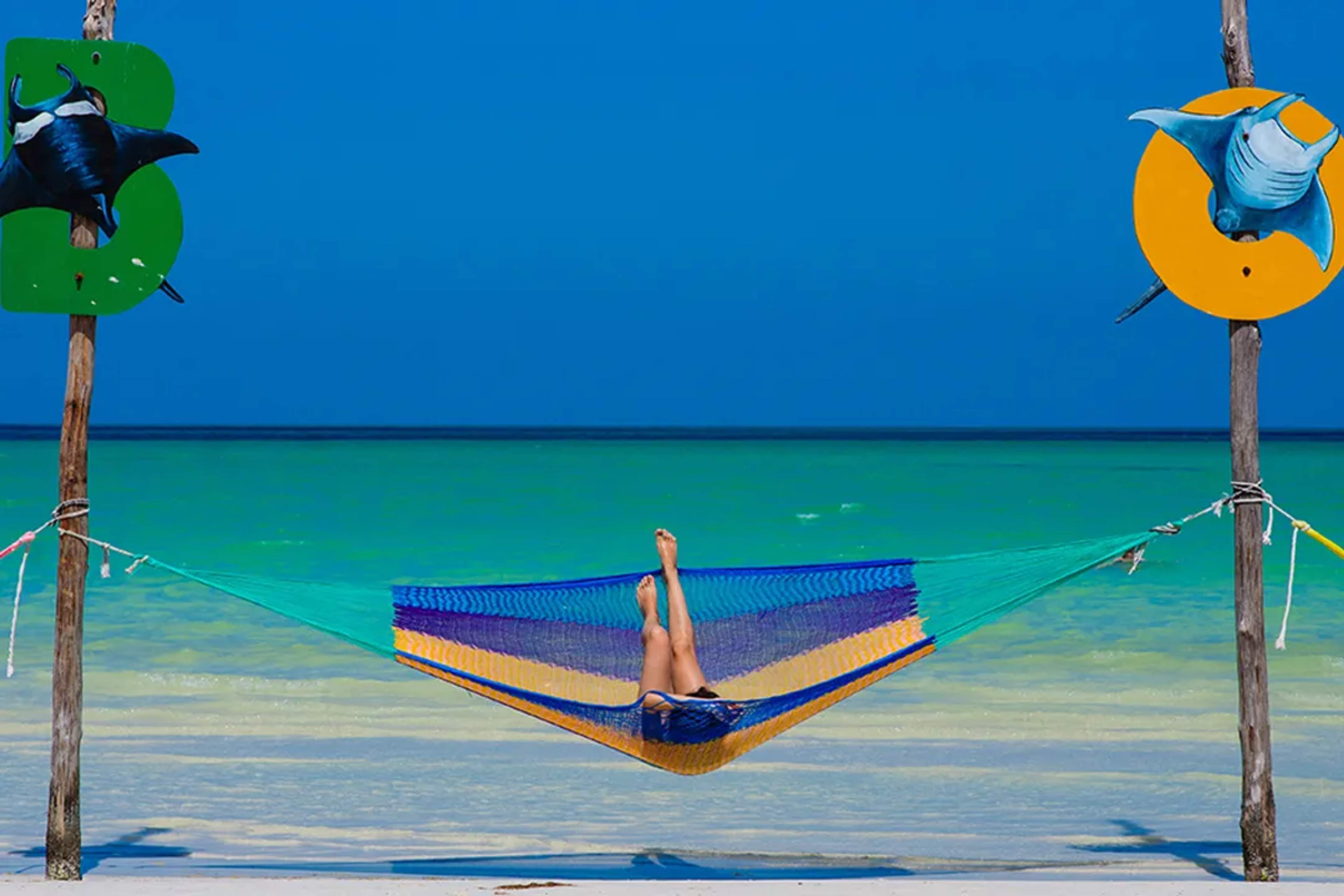
Insider Tips & Seasonal Advice
Best Weather: November through April brings sunny skies and solid roads—ideal for exploring the island without getting stuck in mud or rain.
Whale Shark Season: From June to September, Holbox becomes a haven for marine wildlife lovers. Plan early if this is your must-see.
Cash Is King: ATMs often run out, especially during peak months. Bring enough pesos before you board the ferry.
Unpredictable Weather: Storms can cancel boats without notice. Download offline maps and bookmark ferry schedules just in case.
Smart Packing List:
- Waterproof bag (for ferry spray and sudden showers)
- Portable power bank (photo ops are endless)
- Light rain jacket (especially useful in summer)
Family-Friendly vs. Adventurous: Winter offers calm seas perfect for kids. Summer’s rainier months bring quieter beaches and better deals.
Book Early: Peak dates fill fast. Lock in your stay and tours well in advance to avoid disappointment.
Skip the Hassle: Guided tours take the stress out of logistics. Local guides manage ferry delays, weather changes, and lead you to hidden wildlife spots most tourists miss.
Holbox, a Cancun Location You Don't Want to Miss
Protected inside the Yum Balam reserve, this destination bans cars to safeguard its mangroves, flamingo nesting grounds, and famous bioluminescent shores. This fragile beauty draws travelers from around the globe, yet the limited infrastructure means timing matters.
Ferry departures from Chiquilá and bus schedules shift with weather or high season demand, especially from June to September when whale sharks arrive. Check the latest timetables before you leave Cancun.
Booking a guided tour removes the guesswork entirely. Tours bundle transport, ferry tickets, and naturalist insight in one package, and spots fill fast during peak seasons. If you want to experience the island without the logistical hassle, reserve early.

